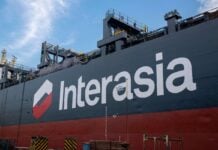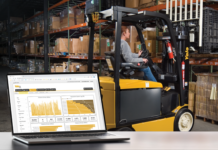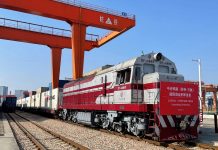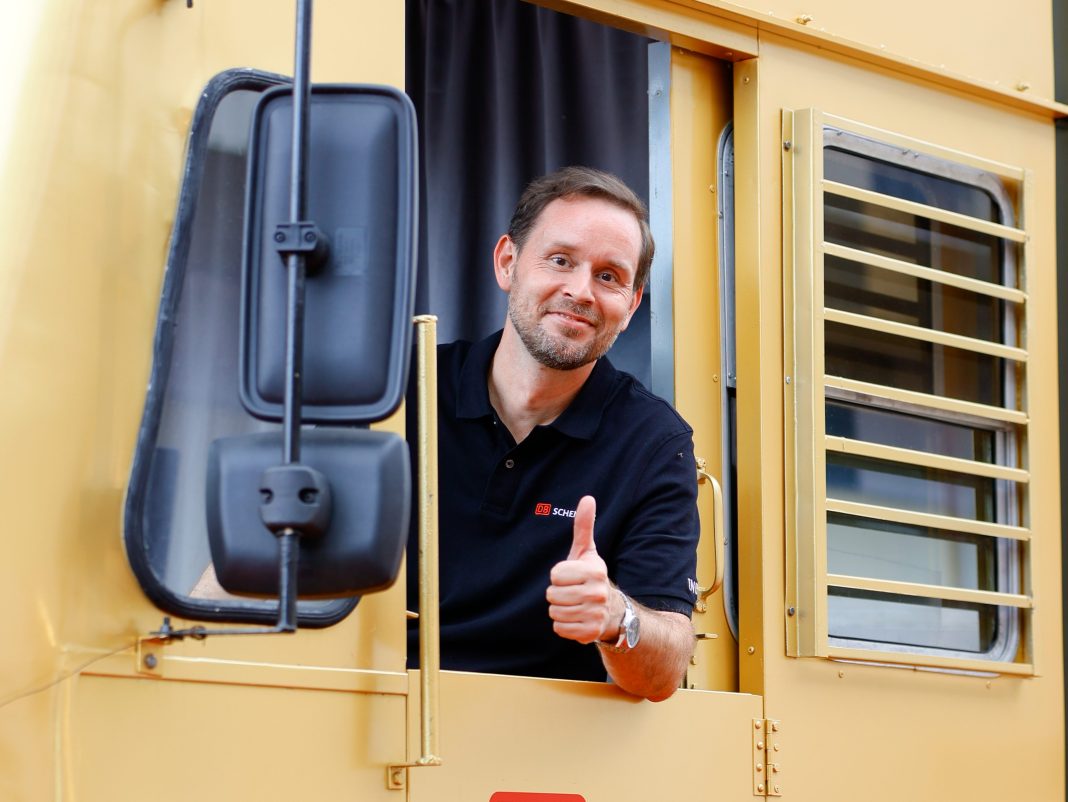
As one of the world’s leading global logistics providers, DB Schenker supports trade and industry in the international exchange of goods through domestic and worldwide transportation services, contract logistics, and supply chain management. With a strong focus on value-added services, the company ensures goods flow seamlessly and supply chains stay lean and optimised for success.
DB Schenker is looking to expand its customer base in Asia and beyond through its Land Transport offering. Specifically, with its Asia LANDbridge product, the company’s enhanced strategic focus is on cross-border trucking and rail services.

In order to discover more about the company’s approach to developing its foothold in the Asian market, with an emphasis on its land operations, we spoke to Mr Christoph Matthes, Vice President and Head of Land Transport for Asia-Pacific.
Deep-rooted Understanding of Logistics
DB Schenker’s grasp of supply chain management stems from its staff’s ability to recognise challenges unique to each customer’s industry. Regardless of how complex or complicated the requirements may be, the people at DB Schenker have the know-how to seize opportunities through their open-mindedness and willingness to adapt, backed up by the company’s vast network and resources.
Mr Matthes is one such person and is a key player in DB Schenker’s Asian team. As a seasoned logistics specialist, he has spent his entire working life in the logistics industry.
“I started my career in the logistics industry with DB Schenker in my home country of Germany, where I completed my apprenticeship and gained my first badge of honour, so to speak. However, even before that, I have fond memories of visiting cross-dock warehouses with my father when I was just six or seven years old. Therefore, it felt natural for me to find my place in this business,” said Mr Matthes.
After he tried out several jobs and internships, Mr Matthes realised that the logistics industry is a great space to be in and one where he saw great potential for personal growth.
He continued, “I started in land transport in Germany, and my first role was a fantastic experience, so I decided to go for it, and since then, I haven’t looked back. After returning to university, I spent five years in Australia, where I took different jobs in Sports Events, National Distribution, and product management for air and ocean freight.
After Australia, Mr Matthes moved on to China, where he worked for six more years – three in North Eastern China as General Manager and three more in Hong Kong as the Director of Ocean Freight. Following that, he had a stint as CEO for DB Schenker’s Vietnam and Cambodia operations and finally moved to Singapore, where he is currently based.

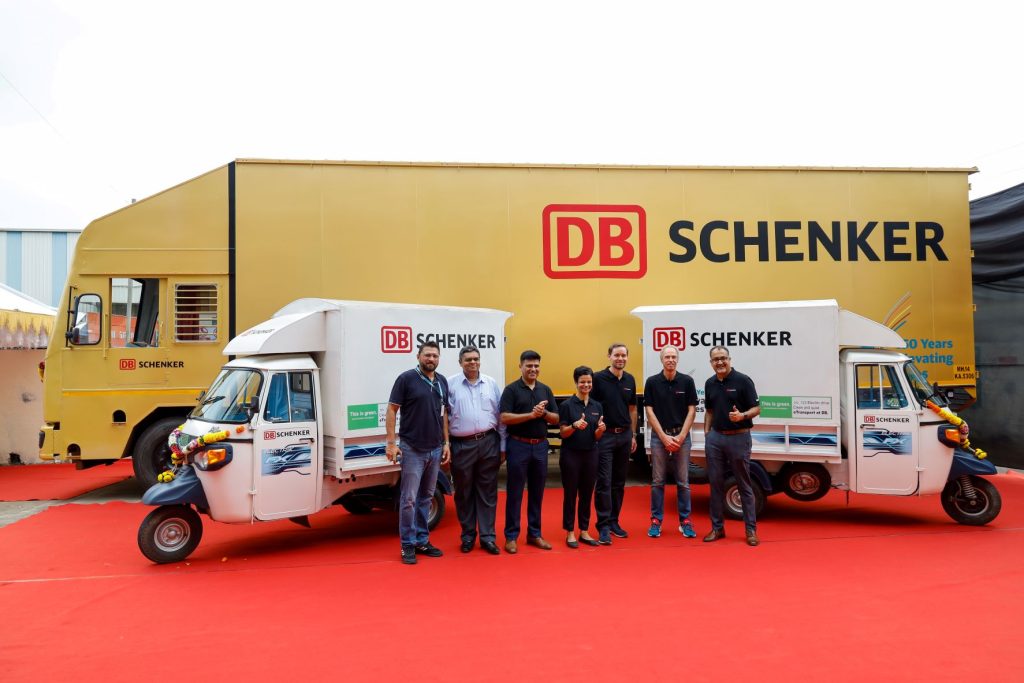
Changing Transportation Trends
Traditionally, cargo has moved between Asian countries primarily by sea and, to a lesser extent, by air. However, we are now witnessing a shift in transportation trends as more and more cargo is moved across Asia by land.
The situation for land transportation in Asia constitutes to evolve, not only domestic transportation within large markets like China and India but also cross-border services as businesses and governments in the region develop closer relationships. With more open borders, like those found across mainland Europe, plus a combination of economic and political elements to enable easier trade, land transportation is expected to witness exponential growth within Asia in the coming years.
“Now, I see a huge opportunity to build a second transport option by land. This is due to several factors, including the maturity of the markets in Asian Pacific countries, industrialisation in the region, changes in the economies of these nations, and, perhaps most importantly, customer spending behaviours,” – Mr Matthes
“There are certain parallels between how land transport was developed in Europe and how it is unfolding in Asia. Coming out of the ocean freight sector, I have a clear understanding of how cargo flows work between Asian countries. Now, I see a huge opportunity to build a second transport option by land. This is due to several factors, including the maturity of the markets in Asian Pacific countries, industrialisation in the region, changes in the economies of these nations, and, perhaps most importantly, customer spending behaviours. Of course, the rising middle class in ASEAN is a massive driving force behind this paradigm shift, so I think land transport has a big opportunity right now in Asia, and I believe we will see a lot of growth in the next few years,” said Mr Matthes.
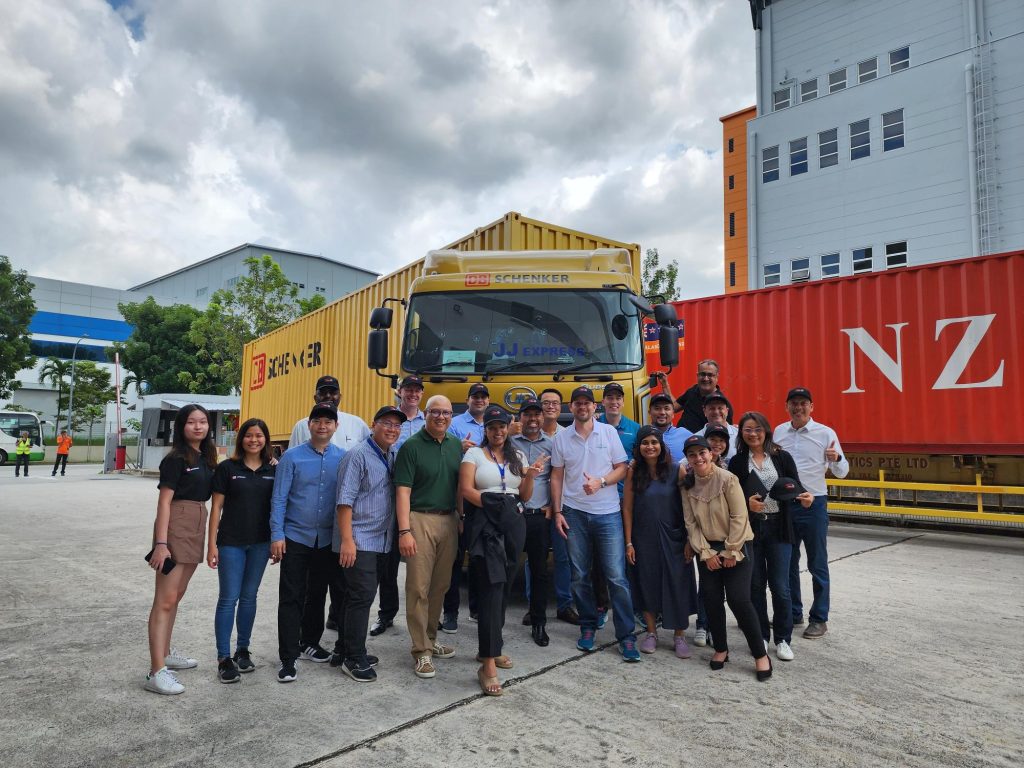
Economic development and, consequently, the growth in household spending in Southeast Asia is driving the demand for more goods to be moved across borders. With a healthy boost to the cross-border trucking business in the region, DB Schenker’s Asia LANDbridge is part of the company’s strategic direction and focus that provides essential land transportation services.
Mr Matthes noted, “One of the main reasons I moved to the land side of the business is because of this growth potential. Thus, I took on this challenge as there is really something great to build. We have the opportunity to shape the future and have a big impact on the logistics industry as a whole, which not only applies to DB Schenker or customers individually but to the entire global supply chain. That’s my main motivation, and I think in the near future, you will see fast development in most, if not all, Southeast Asian countries.”
The Benefits and Challenges of Land Transportation in Southeast Asia
DB Schenker’s overview of the supply chain puts them in a unique position to offer customers advice on how to make their operations more efficient, meaning the company’s services not only improve operations’ workflows but also facilitate strategies to improve inventory management, reduce inventory holding, and ensure configuration, transformation, or localisation of products.
Of course, for land transport to work correctly, many things must be in place, such as highways, railways, and all the related infrastructure. There’s also the need for skilled drivers, and the proper legal framework has to be set up for cross-border operations.
“For us, the most important thing is to optimise our customers’ supply chain, so we look to see whether road or rail makes the most sense and try to bring the best offering to the table to save them money and time.”
– Mr Matthes
“For us, the most important thing is to optimise our customers’ supply chain, so we look to see whether road or rail makes the most sense and try to bring the best offering to the table to save them money and time. Depending on the cargo and the destination, land can be faster than ocean transport and cheaper than air freight,” said Mr Matthes. “DB Schenker’s Asia LANDbridge is a full-service offering that encompasses seamless and time-definite door-to-door transportation, a secure and reliable network, and even includes customs formalities at all land borders. It’s also a more flexible option, allowing for new transport routes between neighbouring countries or regions. With air freight and ocean freight, you rely on the fixed schedules of the airline and shipping companies. On the contrary, with trucking, you can be much more flexible about the route and departure times,” he expanded.
So far, the biggest challenges for DB Schenker’s Asia LANDbridge team have been regulatory and infrastructure related since the continental mass in Asia lacks sufficient infrastructure and coherent customs regulations between different countries when it began offering its services.
Mr Matthes explained, “This is in stark contrast to Europe, where there is much more cohesion, but things are improving quickly in Asia. There are global governing bodies that regulate land transport, but many of these regulations are not yet being applied everywhere. In fact, many Southeast Asian countries are still unique in their rules and regulations, and we still have a situation today where we cannot cross land borders with a foreign-registered truck. So to get around that issue, we use containers in a lift-on/lift-off fashion to transfer goods to a new truck which can continue the journey. We also face the same challenge between India and Bangladesh.”
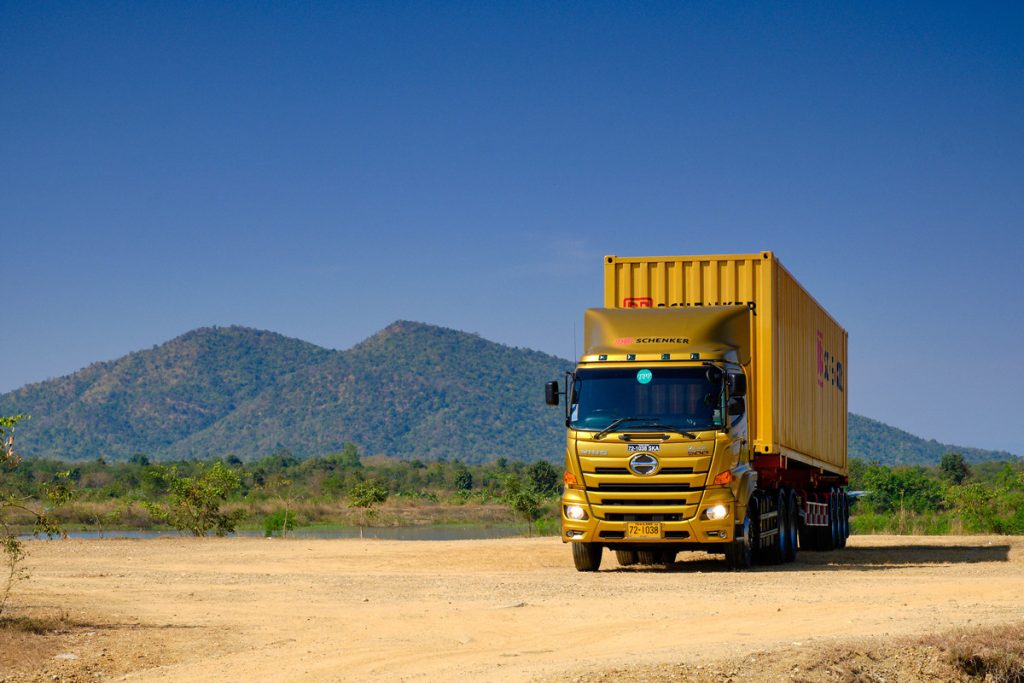
Integrated Land Transportation & Value-added Services
Further benefits to DB Schenker’s cross-border services include multi-modal rail and truck transportation options that connect customers in Thailand and Vietnam with locations in Europe via a hub in China. Moreover, to meet stringent quality, safety, and visibility requirements across borders, containers are DB Schenker-owned and come with GPS tracking.
“For our domestic customers, we also offer highly reliable door-to-door Land Transport services under competitive conditions. We have developed special domestic capabilities for different vertical markets to cater for the relevant needs, including a logistics platform providing enhanced visibility and next-generation technology that caters to our customer’s requirements,” said Mr Matthes.
By forming strong partnerships and building trust with its customers, DB Schenker can offer a personalised touch that differentiates them from other logistics providers. Furthermore, the company’s reputation for quality, reliability, and innovation brings a broad spectrum of land transportation services to fruition.
อัพเดตข่าวสารและบทความที่น่าสนใจในอุตสาหกรรมโลจิสติกส์ก่อนใคร ผ่าน Line Official Account @Logistics Mananger เพียงเพิ่มเราเป็นเพื่อน @Logistics Manager หรือคลิกที่นี่




